This website uses cookies so that we can provide you with the best user experience possible. Cookie information is stored in your browser and performs functions such as recognising you when you return to our website and helping our team to understand which sections of the website you find most interesting and useful.
Iceland Travel Advice
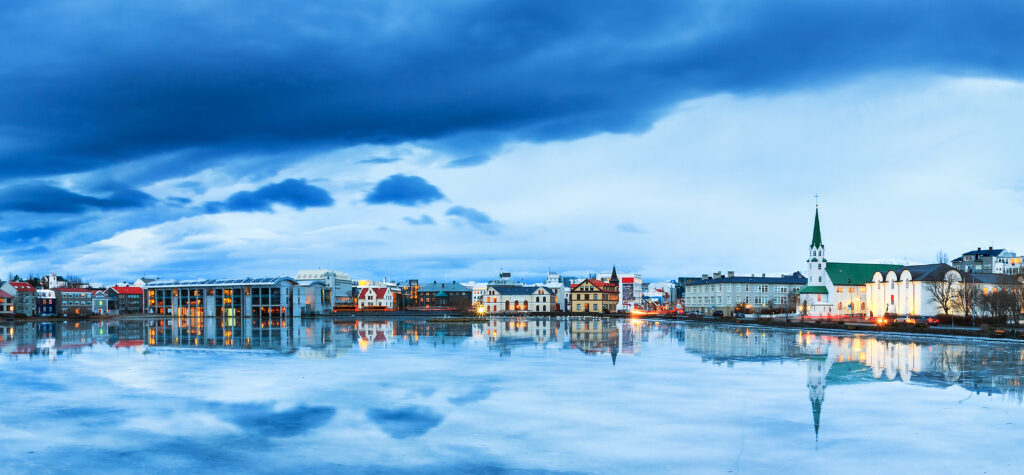
Getting to Iceland
The remote island of Iceland is part of Europe. Situated between Europe and North America, it lies in the North Atlantic Ocean. Iceland has 5 main airports, however most international airlines only service Keflavik International Airport (KEF).
- London to Iceland is about a 3 hour flight
- Los Angeles to Iceland takes around 9 hours
- Cape Town to Iceland takes around 24 hours
- Sydney to Iceland is about a 40 hour flight
- New York to Iceland takes around 6 hours
Main airport in Iceland
Iceland’s main airport is Keflavik Airport (KEF) which is 1.7 miles from Keflavik and about a 50 minute drive from Reykjavik. Taxis, buses and rental car companies all provide transfers into the city. Iceland also has a number of smaller airports, some of which service international flights and some are reserved for domestic flights only.
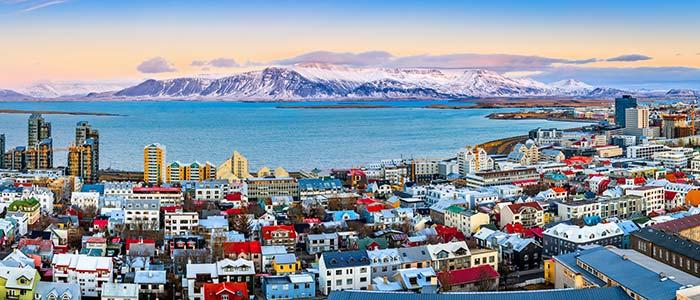
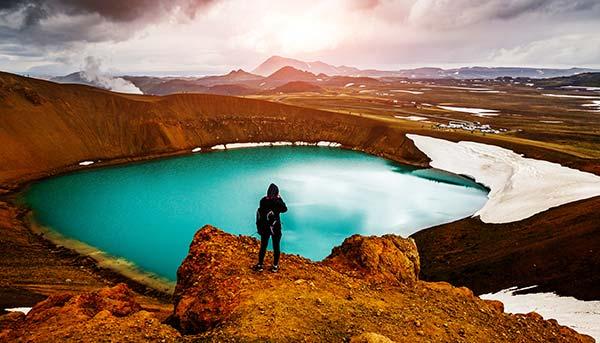
Geography & landscape of Iceland
The landscape of Iceland lies amongst some of the most impressive in the world. The ‘land of fire and ice’ is practically an arctic desert, peppered with spurting geysirs, comforting hot springs, majestic mountains and crashing waterfalls.
There are 3 national parks which feature eerie black sand beaches, diamond beaches, lava fields and glaciers. To say the landscape of Iceland is diverse, would be a very big understatement!
Culture, religion and etiquette
Many people come to Iceland purely for the natural beauty, but the culture is also one of the biggest draws. With such a small population of 330,000, their accomplishments as a country are astonishing.
Naming in Iceland is somewhat different than elsewhere. Surnames are created using the father’s name and adding son/daughter. For example, Alex’s father is Manus, and Alex’s surname is Magnusson. Icelanders do not see marriage as an essential part of family culture, with most people having numerous half-siblings. Iceland is generally seen as a classless society, with casual dress being acceptable on most occasions. It is also the most gender-equal country in the world, meaning Icelandic women are strong, independent and well-involved in the country’s political system.
Icelanders were mostly Pagan until 1000 AD when Christianity was introduced. It now has a total of 41 religions. 80% of Icelanders are of the Lutheran State Church, 5% are of other Christian denominations and 5% practice Asatru – the traditional Norse religion.
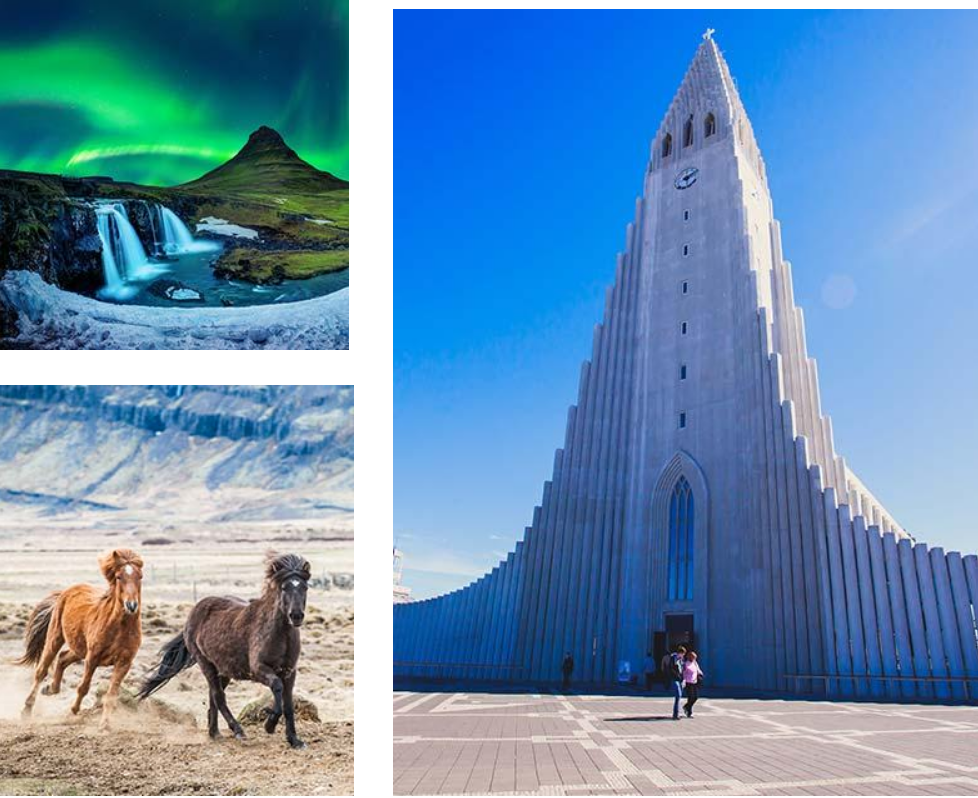
Photography
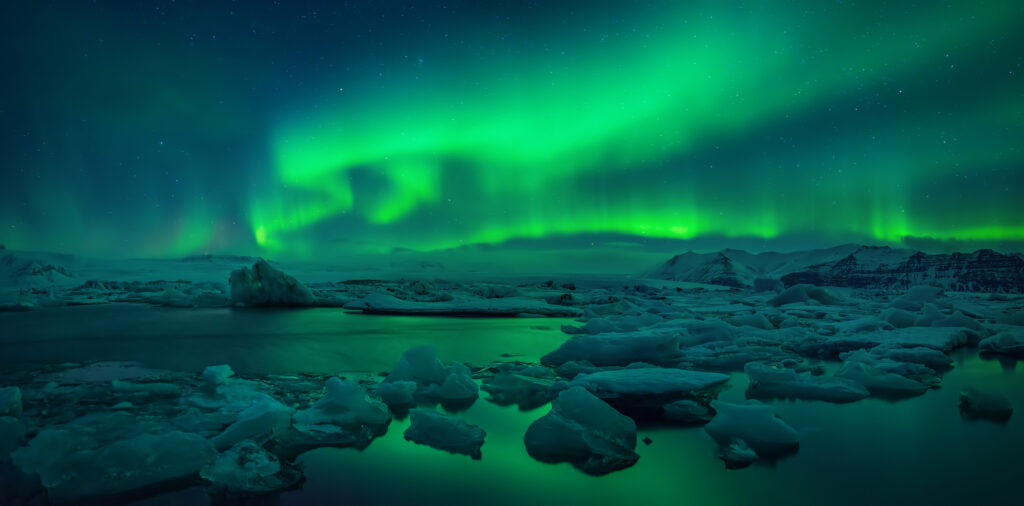
Being generally quiet and reserved, Icelanders do not appreciate tourists taking photos of them. Make sure you get their permission before snapping away! One of the main reasons for visiting Iceland is to see the northern lights. These are notoriously difficult to capture on camera, but a few tricks can help. No matter what camera you have, use a tripod for increasing steadiness, and a wide-angle lens to capture more of the sky. Set the camera to manual mode with the IOS between 800 – 3200. The Aperture is best set between f/2.8 and f/5.6, and the shutter speed should be between 12 – 20 seconds. These are of course, guidelines. You will always need to play around with the settings to find the right balance.
Languages spoken
The official language of Iceland is Icelandic. English and Danish are also widely spoken throughout. The Icelandic language is based on Old Norse and has changed very little throughout the centuries. There is no need to learn the local language for your Iceland holiday. Icelandic is notoriously difficult to learn, and because of the ever increasing tourism, almost all Icelanders speak perfect English.
Capital city
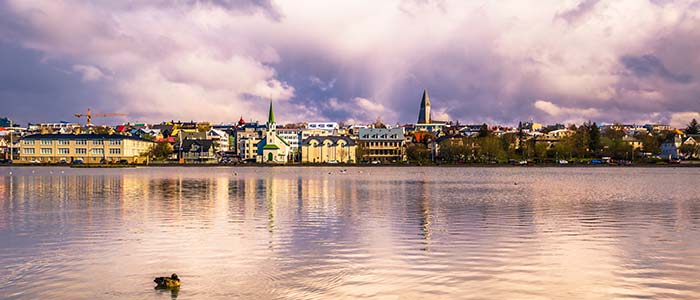
Reykjavik
The capital city of Iceland is Reykjavik, about a 50 minute drive from the main airport – Keflavik Airport (KEF). It’s located on the Faxa Bay shoreline, southwest Iceland, and is the main hub of Iceland. Most tours (including whale watching) leave from Reykjavik. It has a fantastic array of restaurants serving up some world-class grub, and the ever evolving cultural scenes of art, literature and music keeps on growing. It also has an incredible nightlife!
Visas
The following countries are part of the Schengen Area: Austria, Belgium, Denmark, France, Finland, Germany, Greece, Iceland, Italy, Luxembourg, Netherlands, Norway, Portugal, Spain, Switzerland, Sweden, Estonia, Latvia, Lithuania, Poland, Slovakia, Czech Republic, Hungary, Slovenia and Malta.
For people visiting Iceland who are not from a country in the Schengen Area, you will need a valid passport for at least 3 months from the beginning of your stay. Please see here for a list of countries which need to obtain a visa for visiting Iceland.
Vaccinations & travel health
They also recommend the following vaccinations for travel to Iceland: Hepatitis A, Hepatitis B and Rabies – for long-term travellers or those coming into contact with animals.
Is it safe to drink tap water in Iceland?
You’ll be pleased to hear that not only is it completely safe to drink the tap water in Iceland, it is actually encouraged due to it being some of the cleanest water in the world. It isn’t chemically purified and comes straight from the source, having been filtered first through lava.
Electricity and plugs in Iceland
Iceland uses the Northern European electrical standards for plugs and sockets, which is 50 Hz or 220 volts. The sockets fit plugs with two round prongs.
Emergency calls
It is always a good idea to have a few numbers saved on your phone incase of emergencies. The most important ones in Iceland are:
112 Emergency services: police, fire and ambulance
118 Directory enquiries
444-1000 Police station
570-5900 Search and rescue
Travelling as a solo traveller
Iceland is one of the best countries for solo travel. Especially if this is your first time on the roads alone. It is continuously being rated as one of the friendliest countries due to its close-knit communities and welcoming citizens. Icelanders are very proud of their country with most being happy to chat to any tourist, often sharing old folklore stories and tales with you over a drink. Even for a small country, it has a significantly low crime rate with scams, thefts and pickpocketing being virtually unheard of. All in all, if you’re keen on doing some solo travel, Iceland is one of the best places to begin!
Wifi and internet access
Iceland has very accessible wifi with a strong mobile phone signal almost everywhere – even in the most northern areas of the country. Most public places such as restaurants, hotels, public transport stations and buses also have free wifi.
Time zone
Iceland (GMT) is 1 hour behind London (GMT), 7 hours ahead of Los Angeles, and 4 hours ahead of New York. Iceland runs on Greenwich Mean Time and does not switch to daylight saving time. To calculate the time difference from your current location, visit timeanddate.com.
Getting around
The size and layout of Iceland make it a relatively easy country to navigate – in summer that is. During winter, roads can often be closed due to difficult weather conditions, meaning the public bus service will also become very limited. You will likely spend most of your time on the ring road, which is where most of Iceland’s major attractions lie, making it very easy to know where you are – just follow the circular road around the island.
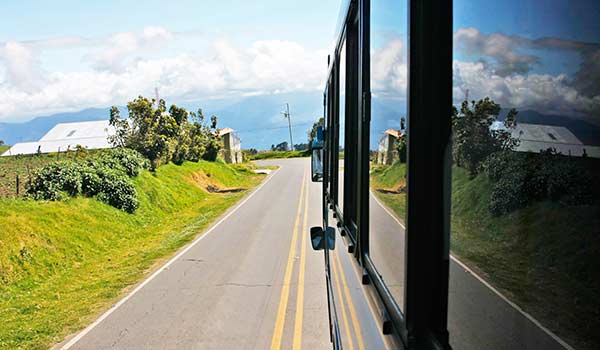
Bus
There are a total of 5 bus companies that provide public transport around Iceland – Reykjavik Excursions, Sterna, Strætó, SBA-Norðurleið and Trex. Travelling by bus is a great way to see the diverse countryside landscapes in between attractions, but it is expensive. It usually costs less to fly or rent a car if more than one or two of you are travelling.
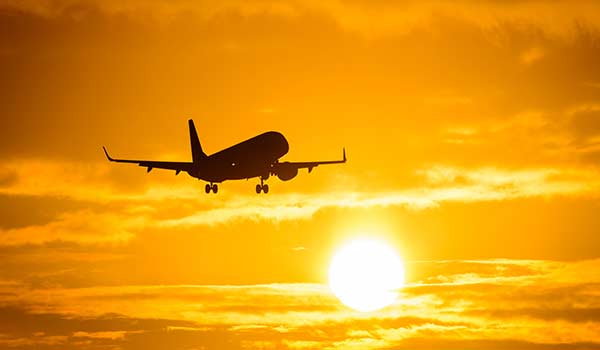
Air
There are a lot of small, domestic airports dotted around Iceland due to the roads becoming unsafe during winter. Flying is usually your best option at this time of the year, and is fairly good value.The main domestic airline is Air Iceland Connect.
History
The first person to settle in Iceland was Ingólgur Arnarson in 874 AD, followed by a group of Noreigen lords and kings. They formed a coalition of equally powerful lords to meet and solve the problems in the land. In 930 AD, they established their parliament. This still meets today and is regarded as the longest-surviving parliament in the world.
In the year 1000, the parliament adopted Christianity as the Icelandic religion. In 1262, one of the leaders made a deal with the Norwegian king, which gave him some influence over Iceland in exchange for his support, which ended Iceland’s independence. Due to various wars over the years, Iceland fell into the hands of the Danish king and suffered greatly. The oppression of the Danish government, poor harvests, endemics and volcanic eruptions (to name a few) all played a part in halving the population of Iceland.
After a long war between the Icelandic and the Danish, they finally won their independence in 1944. Icelanders now enjoy a free healthcare system, free education, pensions and a high standard of living, paying around 50% in income tax. Crime, prostitution, poverty and illiteracy are virtually unknown, with Iceland being one of the wealthiest countries in the world with regard to its size.
Featured Tours
From ice caves to the Northern lights and the very wonder that the Golden Circle has to offer, click on the link here to see our top ten tours to Iceland from our partners at Viator.
Alternatively, click the links below to explore more exciting offers.
We are passionate adventure travelers who want to share the world and our travel experiences with everyone…
